Reviving Our Planet: How Permaculture Can Combat Climate Change
Written on
Chapter 1: The Vision of Restoration
Have you heard of John D. Liu? He is arguably one of the most influential figures today. In 2017, he established Ecosystem Restoration Camps, a global initiative focused on rehabilitating large-scale damaged ecosystems. This work is essential as the impacts of climate change intensify daily, making the efforts of Liu and his team critically important. Their achievements are indeed remarkable; the significance of regreening cannot be overstated. Revitalizing our lands is crucial for the health of our planet and the survival of humanity. The image below illustrates the transformation from desertified land on the left to flourishing grasslands on the right. Imagine if such transformations occurred worldwide, creating vast green expanses visible from space. Our "pale blue dot" must become greener, or it risks resembling the "red planet." Perhaps, once Earth is restored, we can also consider revitalizing Mars. But for now, our priority must be terraforming our own planet.
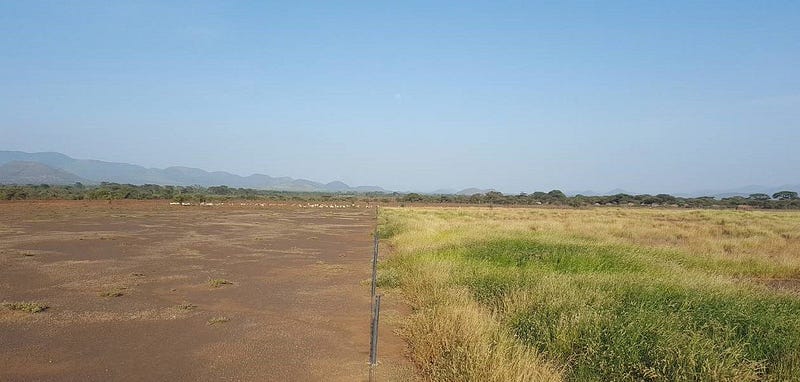
Despite the daunting challenges we face, there are relatively straightforward solutions available. The world isn't beyond hope. With collective effort, we can transform barren deserts into lush paradises within a decade. Imagine shifting from two-thirds desert to two-thirds grassland—or even farmland. Ecologist Allan Savory posits that grasslands could sequester enough carbon dioxide to reverse climate change effects. If Savory's theory holds true, then regreening could indeed be our salvation. This is precisely what permaculture consultants like Geoff Lawton are working toward—rebuilding our world from the ground up. The image below shows how desolate our planet can appear, yet it doesn't have to stay this way.
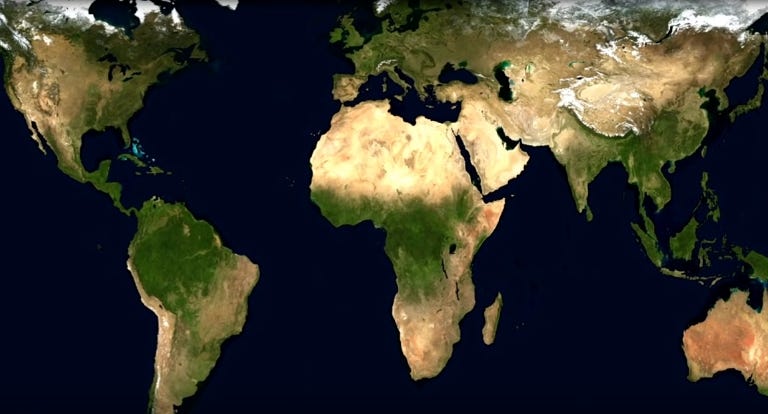
To enhance the planet's appearance, we must assist Mother Earth in her recovery. Once deserts have transformed into grasslands and ecosystems are revitalized, protecting wildlife becomes crucial. A prime example is Bhutan, recognized for its commitment to biodiversity. The royal family has garnered global admiration for their environmental stewardship. Remarkably, Bhutan is not only carbon neutral but carbon negative. This is how global leaders should approach environmental conservation. The Bhutanese people exemplify eco-consciousness. Their constitution mandates that at least 60% of land remains forested, with over 40% designated as protected areas and another 9% serving as biodiversity corridors. This interconnectedness allows wildlife, such as elephants, to roam freely.
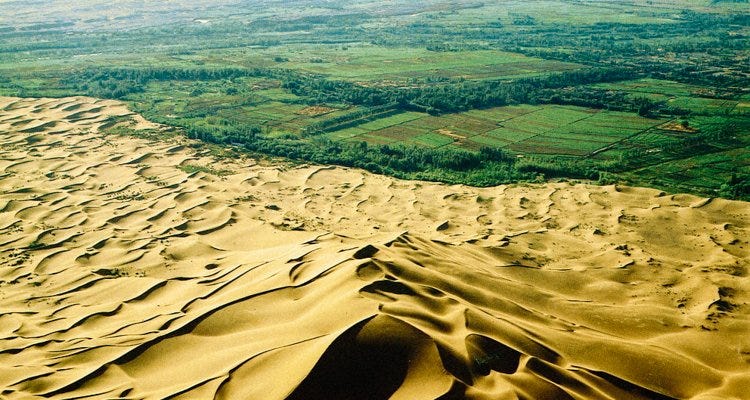
However, it is essential that, once leaders like Dr. Liu work to prevent desertification, humanity commits to ending it entirely. Drought has led to famine throughout history, and it’s time to eliminate world hunger. Ensuring food and water security is paramount and can be achieved through collective action. Fortunately, regreening can follow a simple algorithm. First, we need to address areas that lack year-round humidity. Regions suffering from drought should be enclosed to prevent overgrazing, which exposes the soil and releases carbon and moisture into the atmosphere. Additionally, slash-and-burn agriculture exacerbates this issue. Proper management of herding and farming practices is essential to prevent further harm.
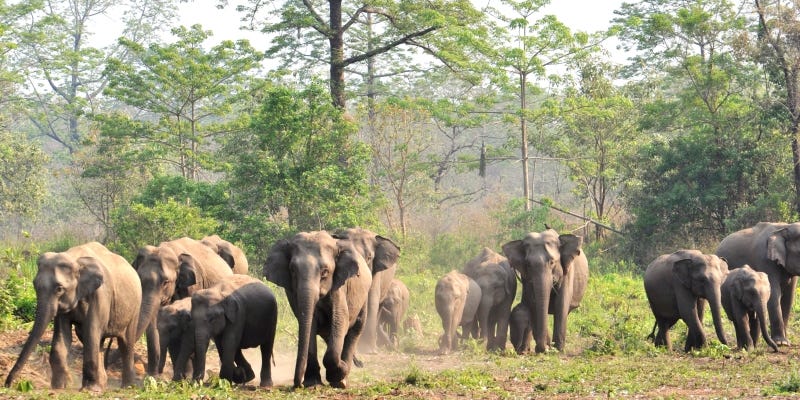
Some regions have been stripped down to the Earth's geological layers and need focused restoration efforts. Occasionally, these areas require plowing and terracing to direct water flow effectively. Nonetheless, any landscape can be adapted to meet specific needs, transforming even the most arid regions into lush, habitable environments. In approximately five years, overgrazed or desertified land can fully rehabilitate. Remarkably, ancient species once thought extinct have returned to certain areas, as demonstrated by the experiences of Princess Basma Bint Ali of Jordan. In the worst cases, rewilding may require planting seeds to initiate the recovery process. This allows nature to reclaim the landscape. Grass cover and deep-rooted plants prevent soil degradation, retain water, and eventually create streams, establishing vital ecosystems. This is the fundamental principle of survival: where there is water, there is life. This principle is crucial in combating desertification and its consequences, including starvation.
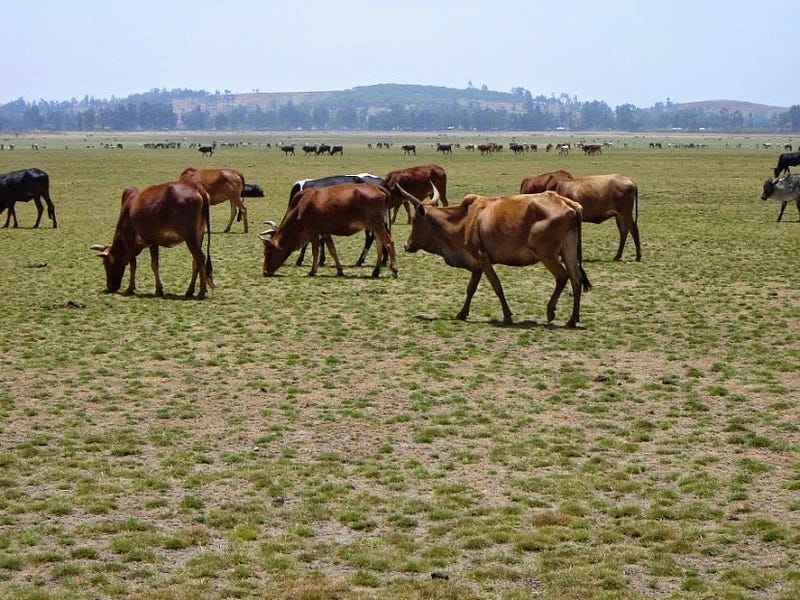
In conclusion, once most of the planet's soil has been revitalized into grasslands, a significant portion should become farmland. This will involve holistic grazing and sustainable harvesting practices. Ideally, we want Earth to produce our food instead of corporations like Monsanto. Permaculture emphasizes growing interdependent crops, such as corn, beans, and squash together, which maximizes environmental benefits and yields at low costs. It is indeed feasible to transform every barren wasteland into a vibrant oasis, regardless of size. The Loess Plateau restoration project serves as a large-scale example of this transformation. Ultimately, the potential for "regreening the world" is limitless. I genuinely believe we can evolve into a Permacultural Planetary Paradise—hopefully, not too far in the future, we can turn our Earth into a true "Garden of Eden." However, achieving this requires us to become the responsible stewards of nature that we were meant to be. This is humanity's destiny.
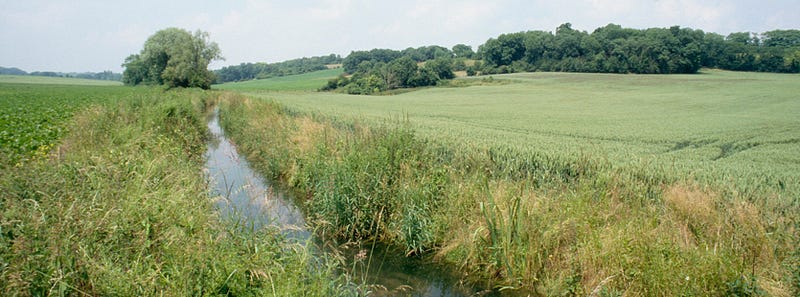
Chapter 2: Documenting Regreening Efforts
The first video, Regreening the planet | VPRO documentary (2014), delves into global restoration efforts and their impact on ecosystems and communities.
The second video, Regreening the desert with John D. Liu | VPRO Documentary (2012), showcases practical methods for restoring desertified areas through permaculture practices.